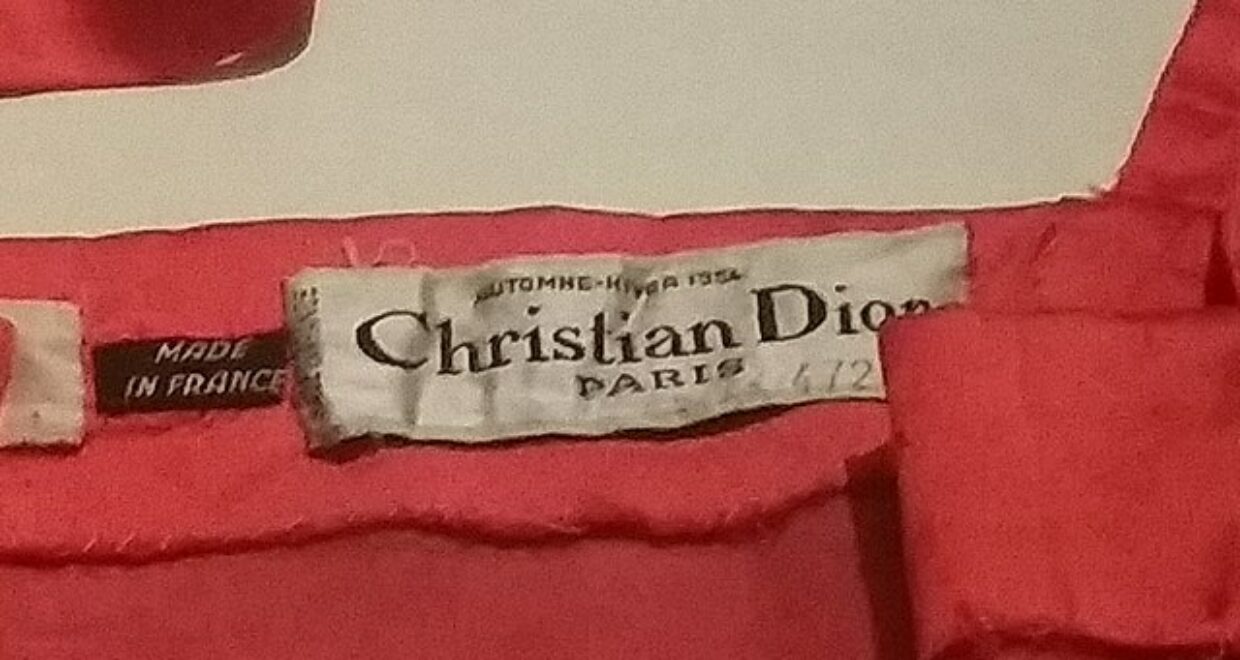Beyond Appearances: A Comparison Between the French and Italian Fashion Industries.
In this article, we’ll take a closer look at how the prêt-à-porter industry in France and the ready-to-wear industry in Italy evolved from their beginnings to their growth stages during the 20th century. While these terms might seem interchangeable, they actually represent different paths with unique historical backgrounds.
After World War II, prêt-à-porter emerged in France as branded ready-made clothing, essentially stemming from haute couture. On the other hand, ready-to-wear in the Italian context focused on clothing as an industrial design product, closely tied to the modern fashion industry.
We’ll explore the crucial roles played by key figures and organizations, such as trade associations (like the French Chambre Syndicale de la Couture, des Confectionneurs et des Tailleurs pour Dame, and the National Chamber of Italian Fashion) and visionary entrepreneurs (as Charles Frederick Worth, Jean Patou, Coco Chanel, Christian Dior, Giovanni Battista Giorgini, Giorgio Armani, and more), in shaping these industries and influencing the fashion scenes in both countries.
The analysis will reveal how these trade associations impacted the fashion industry differently in France and Italy. In France institutions were instrumental in preserving the haute couture legacy, and ensuring Paris remained the fashion capital. In contrast, Italy lacked strong institutional support, so early entrepreneurs had to bear the responsibility of establishing the industry. This led to a fragmented identity and an overreliance on individual efforts to define the industry’s values. We’ll also uncover the inherent weaknesses within the Italian fashion industry and what caused them. From the very beginning, the Italian fashion industry has grappled with a lack of institutional support, which affected its identity and legitimacy. This issue extended to its ready-to-wear products, which relied on industrial qualifications rather than institutional recognition. This comparative analysis challenges the common view of the Italian fashion industry as a resounding success, making us rethink established stereotypes.
Lastly, our research challenges the idea that industry legacies always hinder convergence. It’s interesting to note how Italian fashion brands are now controlled by French conglomerates, indicating a growing interdependence between these two industries, and suggesting that further investigation is needed.






